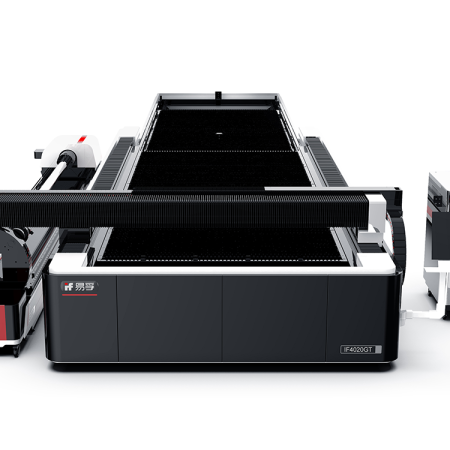The power of a laser in a cutting machine significantly influences its cutting capability. The laser power determines the intensity of the laser beam, which, in turn, affects the speed, precision, and thickness of materials that can be cut.
Here’s how the power of the laser impacts the cutting capabilities of the machine:
- Cutting Speed:
- Higher laser power generally allows for faster cutting speeds. The energy delivered by the laser beam is directly related to its power, and a more powerful laser can cut through materials more quickly.
- Material Thickness:
- Laser power is a critical factor in determining the maximum thickness of materials that can be cut. Higher power lasers can cut through thicker materials, expanding the range of applications for the cutting machine.
- Cutting Precision:
- Laser power influences the precision and quality of cuts. Higher power lasers may provide cleaner cuts with smoother edges, especially in thicker materials. However, lower power lasers can offer higher precision for intricate designs in thinner materials.
- Material Types:
- Different materials respond differently to varying laser powers. Some materials may require higher power for efficient cutting, China Fiber Laser Cutting Machine suppliers while others can be cut effectively with lower power. The choice of laser power depends on the specific material being processed.
- Cutting Efficiency:
- Higher laser power generally increases the cutting efficiency of the machine. This is particularly important in industrial settings where productivity is a key consideration.
- Cost Considerations:
- Higher power lasers often come with a higher initial cost and may have increased operational costs. It’s essential to balance the required cutting capabilities with cost considerations based on the specific needs of the application.
- Maintenance Requirements:
- Higher power lasers may have different maintenance requirements compared to lower power lasers. Understanding the maintenance needs of the chosen laser power is crucial for ensuring optimal performance and longevity.
- Versatility:
- Machines with variable power settings offer versatility in handling a range of materials and thicknesses. This flexibility allows users to adjust the laser power according to specific cutting requirements.
- Energy Consumption:
- Higher power lasers typically consume more energy. Consideration of energy efficiency and operational costs is important when choosing the laser power for a cutting machine.
It’s important to note that the selection of laser power depends on the specific application and materials being processed. Different laser cutting machines come with various power options, and users need to choose the power level that aligns with their cutting requirements.
Ultimately, the optimal laser power for a cutting machine is determined by a combination of factors, including material type, thickness, desired cutting speed, precision requirements, and budget considerations. Manufacturers often provide guidelines and recommendations to help users select the appropriate laser power for their specific needs.
